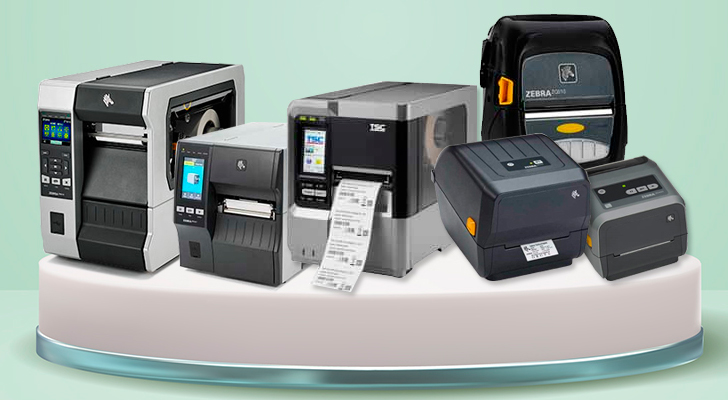- +91 8108081661 / +91 8108081660
- contact@aniche-solutions.com

Direct thermal labels
Direct thermal labels are heat-sensitive labels used in conjunction with direct thermal printers. Direct thermal labels do not require the purchase of ink, ribbon, or toner, which makes them very economical. Due to their heat sensitivity, direct thermal labels are best suited for retail and other indoor environments with low heat and moisture levels. Direct thermal labels are also ideal for short-term prints and bulk printing due to their short shelf life, making them suitable for coupons, visitor passes, name tags, event tickets, dispatches, and more.
Direct thermal labels are an excellent choice because:
Thermal Transfer Labels
Thermal transfer labels last longer and are more durable than direct thermal labels, and they are designed for use with thermal transfer printers. Thermal transfer labels, as opposed to direct thermal labels, use ribbon or ink. Because they use ribbons or ink, high-resolution printing in multiple colors can be completed in record time.
Thermal transfer labels are not heat sensitive, making them ideal for high temperatures and harsh outdoor conditions. The compatibility of ribbons and label rolls determines the durability of thermal transfer labels, and stronger compatibility eliminates the option of adding protective laminates. Because of their long lifespan and ability to be used outside (in an outdoor environment), they are primarily used for bar code printing, product identification, lab specimen, outdoor labeling, and so on.
Thermal transfer labels are an excellent choice because:
Direct Thermal vs Thermal Transfer
To transfer heat from the print head to the label, wax or resin print ribbon must be used for thermal transfer printing. Instead of using ribbons, direct thermal printing applies heat directly from the print head to the thermal label.
Speed
You're probably holding a thermal label in your hand when you go to a gas station and get a receipt produced after pumping your gas. Gas stations use direct thermal labels for a reason. They're quick. Thermal print receipt takes milliseconds versus minutes with a regular printer. Consider what it would be like if you had to wait a few minutes for your receipt instead of seconds. Because thermal printers do not have a ribbon with a print head that goes back and forth across the paper, this is conceivable. Instead, they use a print head that heats the surface of the thermal label directly. The speed of a thermal printer and thermal labels is important, especially when producing hundreds of shipping labels on a big scale. 100 shipment labels could be printed in minutes using thermal labels. With a typical printer, it would take hours.
Accuracy
Thermal labels are more accurate since the ink is embedded in the paper rather than coming from the printer. This is because the print head does not emit any ink that could smear the label.
Cartridges
Thermal labels and printers have the advantage of not requiring cartridges. The print head heats the thermal label. The image or whatever is being printed is created when the heat combines with the ink and chemicals embedded in the label. As a result, you'll never have to worry about running out of ink while printing shipping labels for your company.
Economical
Using a thermal printer will benefit your wallet. These cartridges do not work. Consider running a company that prints hundreds or thousands of labels every day which means a lot of cartridges go. Thermal printers have almost no moving parts. As a result, printer maintenance costs will be greatly reduced. With a thermal printer, the only thing you have to worry about is keeping the print head clean.
Reliability
Consider the situation if your printer fails in the middle of the print job. This is less likely with a thermal printer. Since thermal printers have no moving components, thermal labels are less likely to jam. There are also fewer things that can be broken by a thermal printer because there are no moving parts.